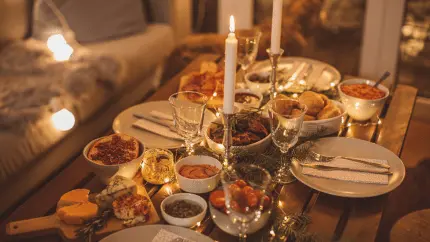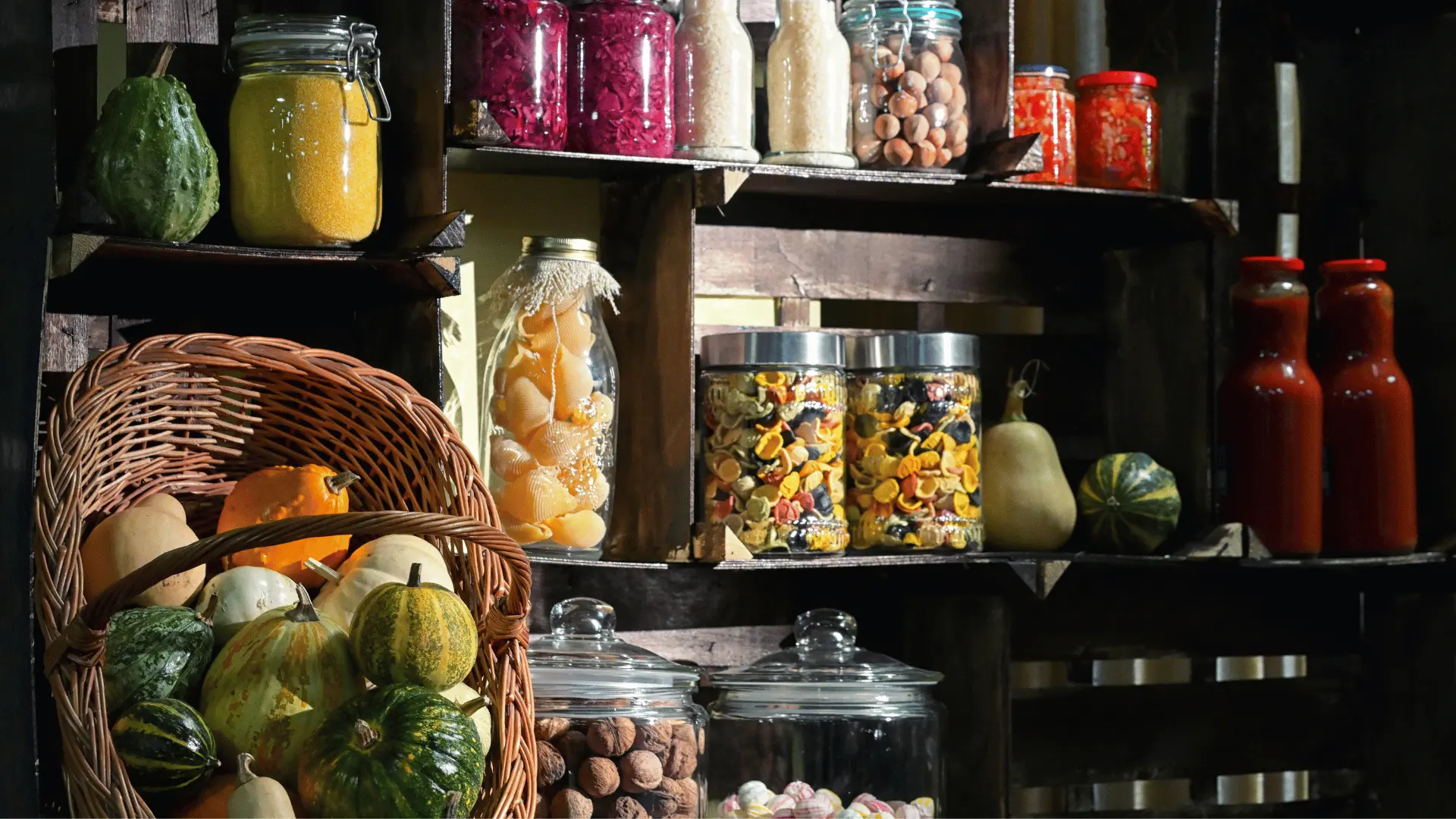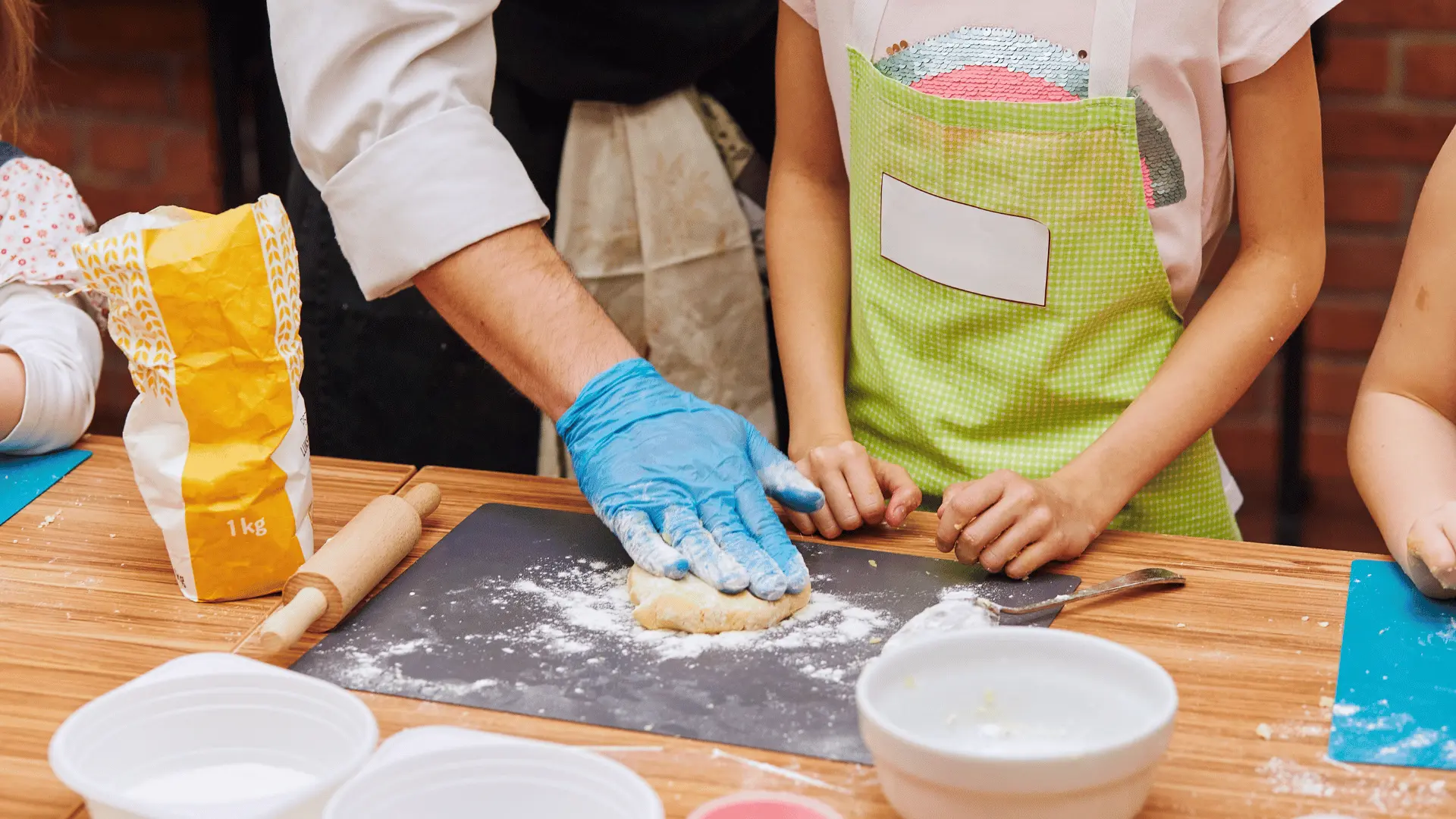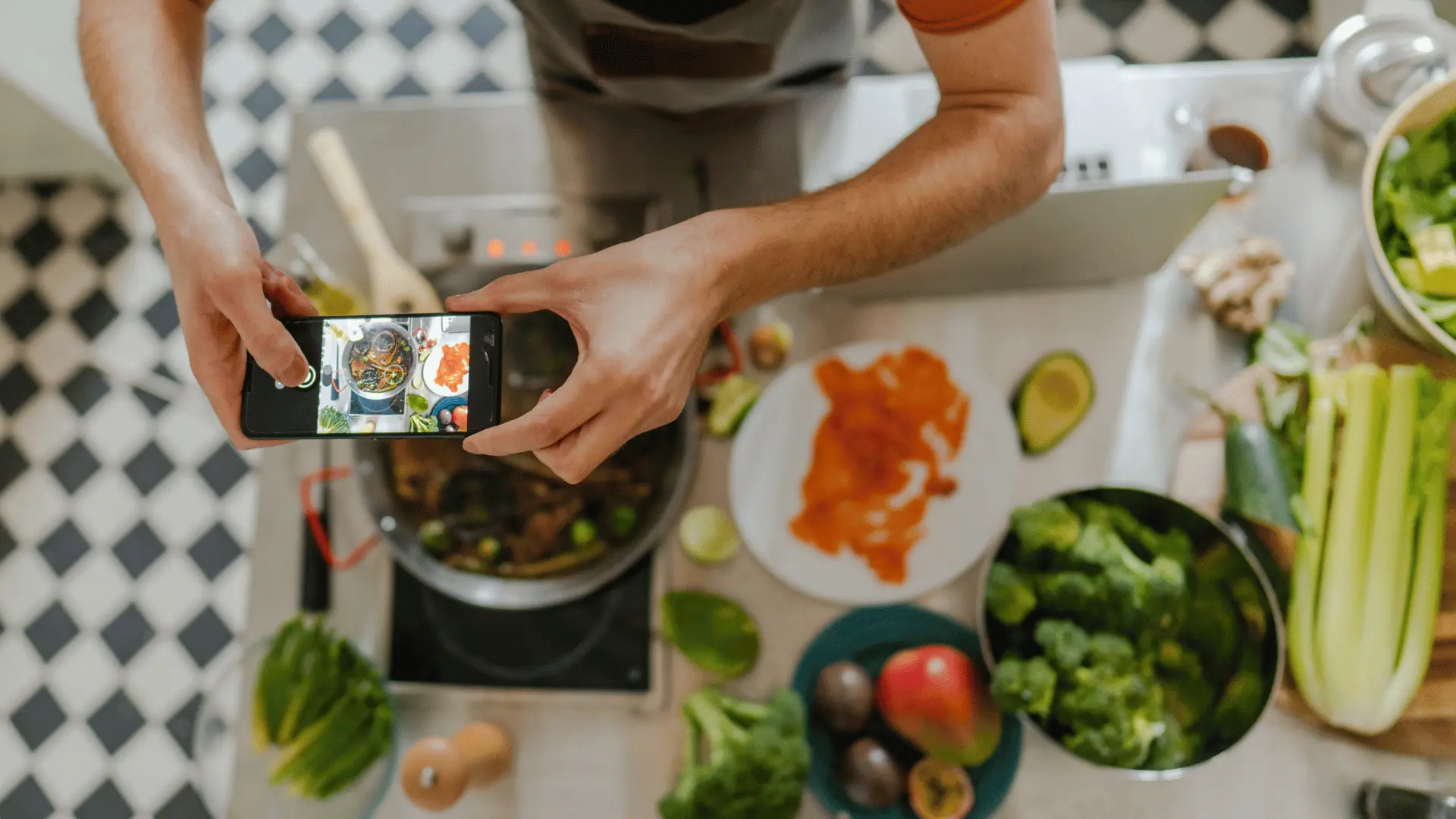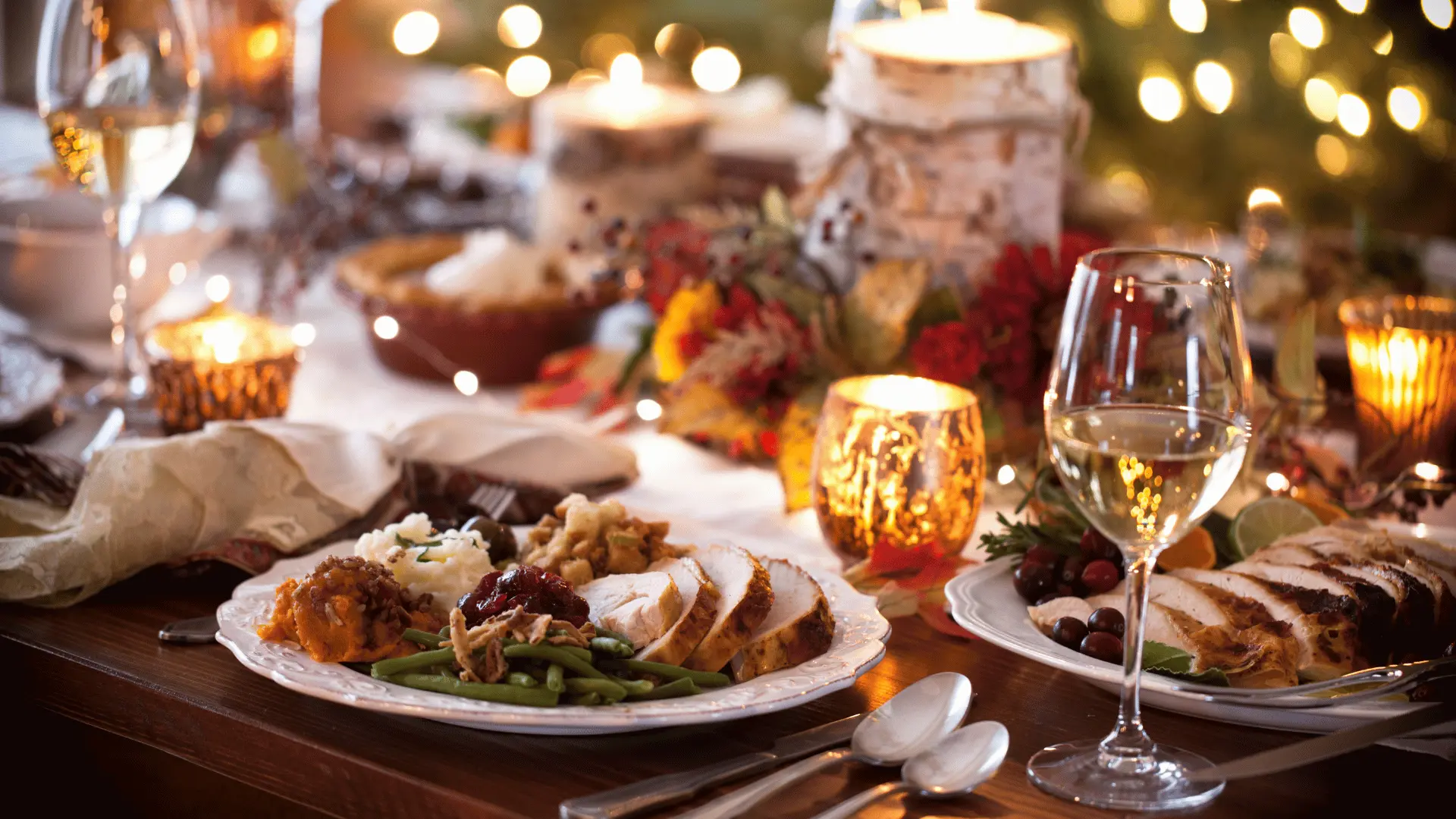
How to Host Friendsgiving Without the Stress
Friendsgiving is one of the best parts of fall. It’s the holiday where laughter comes easy, everyone contributes, and no one argues about how long the turkey should rest. It’s a celebration of friendship, food, and gratitude—without the pressure of tradition taking over. But even the most relaxed gathering can become stressful when logistics pile up. Who’s bringing what? Did anyone already claim dessert? How do you make sure everyone’s dietary needs are covered without spending all week planning?
The key to a joyful Friendsgiving is organization that feels effortless. With a little preparation and the right tools, you can plan a meal that’s balanced, inclusive, and memorable—without losing the fun in the process. Here’s how to host a stress-free Friendsgiving using practical strategies and a digital helping hand from Recipe Memory’s Gatherings feature.
Step 1: Start With the Right Mindset
Friendsgiving isn’t about perfection. It’s about community and connection. The most memorable dinners aren’t the ones with flawless table settings but the ones where everyone feels included. Start your planning with one simple question: what kind of experience do you want to create? Cozy and casual? Playful and potluck-style? Or maybe a sit-down meal that still feels relaxed?
Once you know the tone, every decision—from menu choices to seating—becomes easier. Hosting stress often comes from trying to meet unrealistic expectations. Remember, your friends are coming for you, not for a magazine spread. Think of the meal as a collaboration, not a performance.
Step 2: Build a Menu That Balances Flavor and Simplicity
A great Friendsgiving menu doesn’t have to mimic Thanksgiving exactly. Instead of cooking everything yourself, create a shared menu that mixes homemade favorites with easy contributions from friends. You can even give your gathering a twist—like a global Friendsgiving, brunch edition, or vegetarian feast.
Here’s a simple, crowd-pleasing structure to start with:
- Main: Roasted turkey breast, herb-marinated chicken, or a hearty vegetarian centerpiece like mushroom wellington.
- Sides: Two starches (like mashed potatoes and stuffing) and two vegetables (like roasted Brussels sprouts and maple carrots).
- Salad: Something crisp and refreshing to balance heavier dishes—think arugula, pear, and walnut with a maple vinaigrette.
- Desserts: One pie, one non-pie option (like pumpkin bars or apple crisp), and maybe a seasonal cocktail or mocktail.
In Recipe Memory Gatherings, you can easily assign these categories to your guests. Each person can claim what they’ll bring, upload their recipe, and see what others are making. That means no duplicate mashed potatoes and no last-minute “who’s bringing the rolls?” texts.
Step 3: Use the Power of Smart Planning
Once your menu starts coming together, timing and coordination become your biggest assets. Recipe Memory’s digital planning tools make this part surprisingly easy. Here’s how to simplify your process:
- Assign Dishes Clearly: In Gatherings, each guest can select or be assigned a dish, ensuring every category is covered and no one overcommits.
- Balance the Menu: See your full menu at a glance to check that flavors and textures complement one another. If everything starts looking too heavy or carb-focused, you’ll know where to adjust.
- Track Guests and Preferences: Save notes on dietary restrictions or allergies directly within your event. You’ll know exactly who needs nut-free dessert or gluten-free stuffing without juggling sticky notes.
- Stay Organized: The app automatically organizes recipes, ingredients, and even potential grocery overlaps, helping everyone shop smarter.
This kind of planning isn’t just efficient—it’s liberating. You can enjoy your own party instead of running around managing it. When guests know exactly what’s expected and you can see everything in one place, the chaos melts away.
Step 4: Plan the Flow of the Day
A little structure goes a long way toward creating a relaxed gathering. Plan your day like you would a good meal—balanced and intentional.
Here’s an example timeline you can adapt:
- 1 Week Before: Finalize your guest list in Recipe Memory. Confirm what everyone is bringing and make note of any last-minute needs.
- 3–4 Days Before: Grocery shop for your own dishes using Recipe Memory’s smart grocery list feature. It automatically compiles ingredients from your selected recipes and removes duplicates.
- 1–2 Days Before: Prep sides, sauces, or desserts that can be made ahead. The less you cook on the day of, the better.
- Day Of: Focus on the atmosphere—music, lighting, and final touches. Use your digital checklist to track progress instead of mental juggling.
With the details off your plate, you’ll have time to actually enjoy the reason you’re hosting in the first place—your friends.
Step 5: Make Guests Part of the Experience
The beauty of Friendsgiving is that it’s communal by nature. People love feeling involved, and shared participation takes pressure off the host. Encourage everyone to contribute something beyond food. Ask a friend to make a playlist, another to handle drinks, and someone else to bring extra serving utensils or table décor. You’ll end up with a beautifully personal gathering that feels like everyone’s creation.
In Recipe Memory, you can assign roles just like dishes. Whether it’s managing beverages, decorating, or handling post-meal cleanup, every task can be shared, making the workload—and the memories—more evenly distributed.
Step 6: Simplify Setup and Ambiance
Friendsgiving doesn’t need fancy centerpieces or elaborate themes to feel special. A few thoughtful touches can go a long way:
- Lighting: Candles, string lights, or soft lamps create warmth and intimacy.
- Table: Mix-and-match dishware gives character. Add a few fall leaves or small pumpkins for a natural, seasonal feel.
- Music: Choose a playlist that starts upbeat and mellows as the night goes on. You can even ask guests to each add a song that reminds them of fall.
- Serving: Arrange dishes buffet-style to reduce traffic in the kitchen. Label everything clearly so guests can identify ingredients, especially if anyone has allergies.
With Recipe Memory, you can print or display digital recipe cards with the dish names and notes. It’s a small detail that feels professional but takes only seconds to prepare.
Step 7: Embrace Imperfection and Enjoy the Moment
No matter how much you plan, something small might go off track—a pie might crack, someone might forget their side, or your favorite dish could run out early. It’s all part of the experience. What guests remember most isn’t whether every detail was flawless but how it felt to be there. When the planning is handled digitally and the tasks are shared, you have more space for laughter, conversation, and connection.
Hosting stress-free doesn’t mean doing less—it means doing smarter. When you use Recipe Memory to coordinate your Friendsgiving, you gain a clear overview of everything that matters without the chaos of group texts or scattered notes. The system keeps everyone aligned so you can stay relaxed and fully present at your own table.
Step 8: Keep the Memories (and Recipes) Alive
After the plates are cleared, Friendsgiving memories live on through the recipes, the stories, and the laughter shared around the table. Save the dishes that stood out in your Recipe Memory library. You can add notes, photos, or tweaks for next year, turning each Friendsgiving into its own chapter of tradition.
Better yet, create a Private Table in Recipe Memory where you and your friends can store and share your recipes from the day. Over time, you’ll build a living collection of meals and memories that reflect your unique group—an evolving digital cookbook of friendship and flavor.
Final Thought
Hosting Friendsgiving doesn’t have to feel overwhelming. With clear communication, a balanced menu, and tools that make coordination effortless, you can create an event that’s joyful, personal, and stress-free. The best part? Everyone gets to take part in the experience—from the first bite to the final toast.
Use Recipe Memory’s Gatherings feature to plan, assign, and share your Friendsgiving menu with ease. Because when everyone brings a little something to the table, the celebration becomes that much sweeter.
Love what you’re reading?
Join Recipe Memory today to save your favorite recipes, plan meals with ease, and create smart grocery lists ...all in one place.
